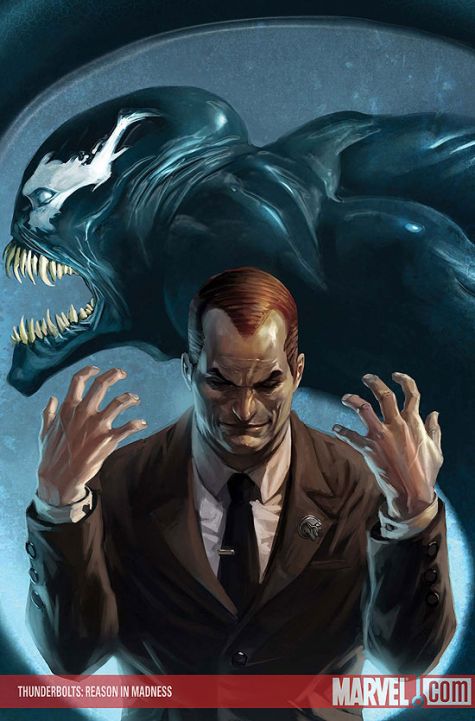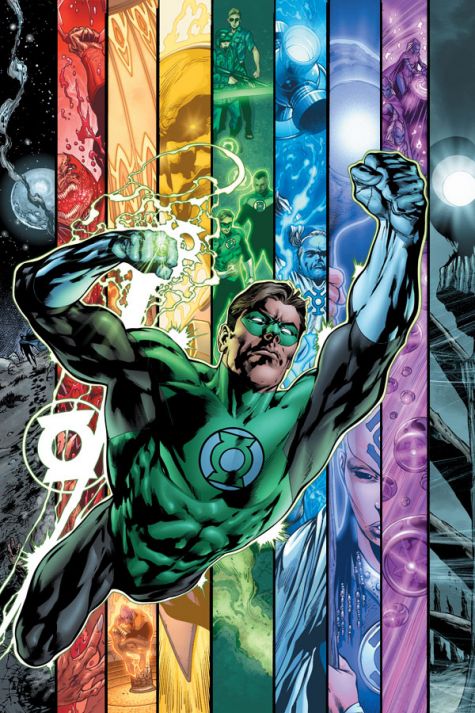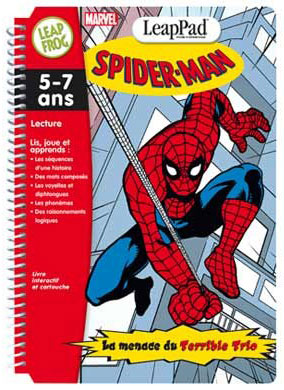Comic Books in 2009 – Better Production – New Distribution Channels
By Hervé St-Louis
December 29, 2009 - 13:50
Last year, I predicted that comic books in 2009 would be better and crossover fiascoes would be avoided. Well, crossovers still exists, but over at Marvel Comics, the Dark Reign crossover was pushed softly on comic book readers, not forcing them to buy every book in order to get the story. However, if you are one of the readers that bought every book where Norman Osborn, Marvel Comics’ new top villain, appeared, you might see more of the Dark Reign story. What is remarkable at this point at Marvel Comics is how they can fine tune all of their products to focus on a general storyline that goes through all of their books, while allowing them to breathe on their own, for the most part.
 |
Over at DC Comics, this is not something that has been learned yet as Blackest Night, as popular as it is as a crossover is still something grafted on top of the regular storylines appearing in DC Comics. Thus the integration is not as smooth and readers are told to buy this year extra books marketed as direct tie ins to the larger epic without really disturbing, in most cases what happens in the regular series. It’s an approach with merits, nonetheless, even if it depletes the reserves of most wallets quickly.
An important development is the abandonment of the $2.99 comic book fo9r the $3.99 ones. New series pushed by DC and Marvel Comics have been priced at $3.99 whit no added quality or value for readers. I have not gone through my purchase list yet, but because of the price increase, I’ll be reading fewer comic books next year. A one dollar price increase with little to justify it is hard to understand for most readers.
In the world of comic books not published by Marvel and DC Comics, there were initial signs that many of the mid-tiered publishers were struggling in early 2009. It seems that many have survived thus far and others without shutting down, have just slowed down on publishing new material. The marketing of non Marvel and DC Comics is tightening with better access and communications to target markets, although it’s still an uphill battle for many publishers. It would seem, in fact that the traditional small publisher is getting off the radar. Many have opted for Web publishing followed by compiled editions. While this model is a good one, the formatting issue still has not been settled in many of these new Web comics publishers who simply port material designed for print to the Web.
Speaking of porting, the trendy thing to do this year was to make comic books available on digital platforms on mobile devices. Last year saw a consolidation of the Web comics portal model, albeit with a lack of interest from the target market. A similar trend can be observed with mobile apps designed around comic books. The main problem is the non optimized format that does not take into account the environment where we expect mobile readers to read their comic books. Just because you built it doesn’t mean they will come. This new mobile device comics thing has also lead many to think that Apple’s rumoured iTablet /iSlate will save the comic book industry. This writer argues that if comic books cannot find a way to be sold now in the format and distribution they are available right now, that jumping on a new format and distribution channel will not change a thing. Archie Comics continue to sell their comic books quite well and although they may choose to, they don’t rely on mobile devices to sell through.
The distribution arm of the comic book industry in North America has taken a hit, although stores appear to be solvent – still. Diamond Comics, the main distributor is cutting costs and cutting less successful books. That means that diversity, according to some pundits is curtailed. Only comic books assured to sell through and thus covering specific genre continue to be promoted.
 |
At The Comic Book Bin, we have had an interesting year. The comic book industry from our standpoint is not dying. It is changing and recognizing these changes has lead us to many disputes with other comic book pundits that are still, in this writer’s opinion fighting old battles instead of recognizing the reorganization of the comic book industry which I predict will finally be noticeable in 2010. Some of the changes, of course include the greater mobile Internet access which has lead us way back in September 2009 to design the first mobile friendly version of a major comic book site that is independent of any specific mobile platform. We will continue to enhance that part of our Web site in 2010 as the initial numbers we have gained this year are extremely encouraging.
There is an audience for comic books on mobile devices, it’s how you reach them that matters. Here’s a hint, whereas in the Web comics portal model, numbers of publishers and comics matter, I believe that in the app world on mobile devices, differentiation and simplicity will rule. Would you browse an app with thousands of mobile comics from 15 publishers or would you rather get one app for your favourite series and not deal with all the in between steps to find what you want?
The other big news of 2009 was the consolidation of the comic book industry begun several years ago with highlighted with the announced purchase of Marvel Comics by Disney. Comic books are seen as valuable properties with endless opportunities in several markets ranging from toddlers to adults. Super heroes fit a cradle to grave entertainment strategy where the same consumer who wore a Wolverine diaper will see a Wolverine movie when he is 25 years-old. Few properties manage to age so well with its target users.
 |
In 2010, The Comic Book Bin predicts that comic books distribution and the retailing will start to change and adapt to a new format better suited to reaching multiple audiences across multiple channels. That means that through Marvel Comics, we may see comic books targeted at kids that found nowhere near the local comic book store but still reach their audience. Think of Leapfrogs and Fisher Price electronic mobile devices and readers, Sony Playstations and Wii.
Comic book developers and promoters, big and small who can understand how to distribute their products to toddlers, preteens, teens and adults outside of the regular comic book channels will succeed. This may mean a shift of regular comic book stores into entertainment providers. The smart ones will make sure they have Leapfrog products and glow in the dark Batman action figures in stock to attract a new audience, while serving the usual comic book readers. There’s an opportunity here, but it will take a lot of thinking to pull through such a stunt for the individual comic book store owner who wants to avoid getting pushed out of the industry by the increasing digitalization of comic books.
Related Articles:
Marvel Has Cut-Off Communications with the Oldest Black-Owned Comic News Site Since 2008
The Best American Comics 2008
Bookscan Became House of VIZ Media in 2008
2008 Golden Globe Winners, "Slumdog" Dominates
Comic Books in 2008 – The Gentrification Continues
DC Comics On-Sale 12/24/2008
Marvel Comics On-Sale 12/24/2008
Dark Horse Comics On-Sale 12/24/2008
Image Comics On-Sale 12/24/2008
General Comics On-Sale 12/24/2008
